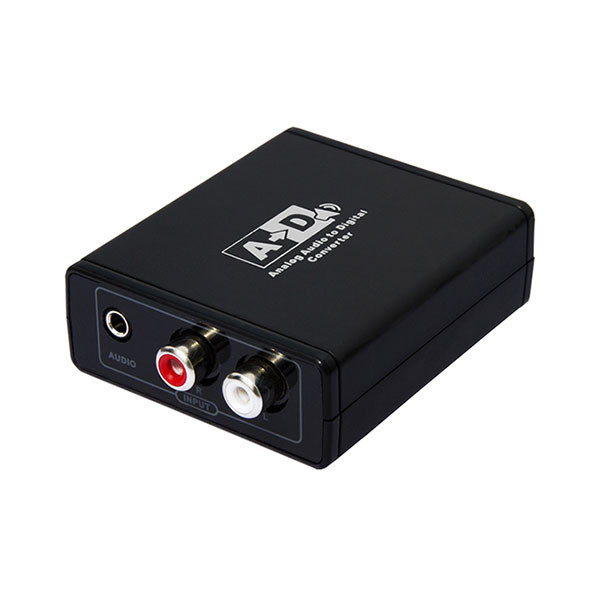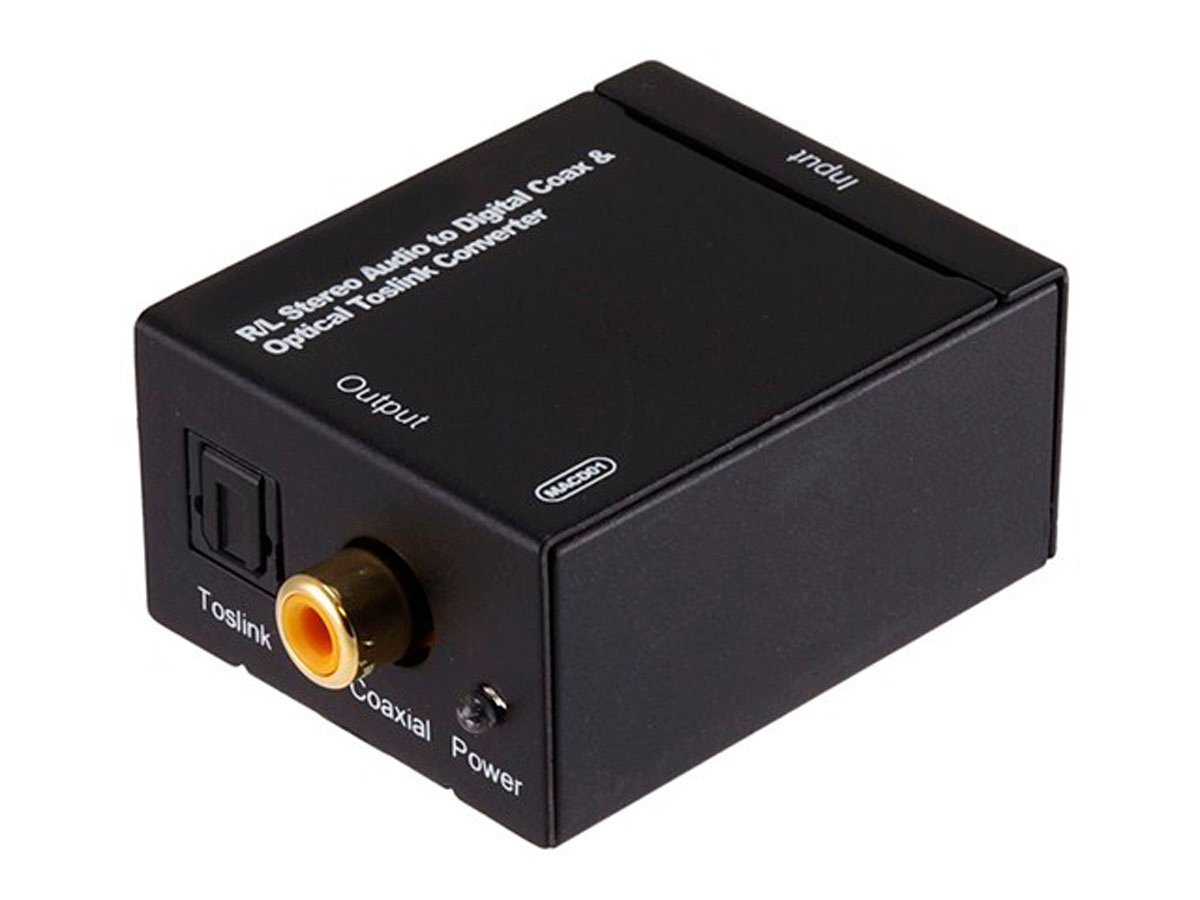
#Onn digital to analog audio converter series
The standard is defined in the Red Book, one of a series of Rainbow Books (named for their binding colors) that contain the technical specifications for all CD formats.


Our Dock E30 speaker offers both, with the addition of more modern technologies like Qi wireless charging, USB 3.1, and Airsound technology. As to which option you choose, it might come down to convenience, or just personal preference. Ultimately, the differences between aux and optical have arguably very minute impacts on the quality of what you hear. It’ll be years until they disappear entirely, and it’s looking like our speakers and computers will have both ports for a while to come. But does this spell disaster for the two formats? Not yet.

Perhaps ironically, optical isn’t really in decline, it’s just moving away from audio, and into in the broadband space. Other digital formats, such as HDMI - and more recently, USB 3.1 - have the ability to do everything that optical can, but with higher rates of data transfer, increased reliability, and smaller form factors. The situation isn’t much better for optical, either. And when it finally goes, it’ll probably take aux with it. Analogue as a medium for home entertainment was designed to meet the needs of an era that is long behind us. In fact, it might seem surprising how long the humble aux cable has lasted in an industry that regularly kills off formats every few years. When it comes to audio, it seems that both aux and optical are on their way out. You may find that you favour one over another, or you may find that it's just not significant enough a difference to worry about. Why not do a comparison of both formats? If your device supports the two, it's easy - just plug both in and then switch outputs on your device. For example, you're more likely to pick out the differences between aux and optical listening to an uncompressed FLAC recording played through a high-end sound system than you are listening to a 128kbps mp3 file played through your phone.īut does this difference really matter? In reality, everyone’s setup is different and, as with most things, nothing beats trying it out for yourself. However, those same people may also tell you the difference isn't particularly noticeable, as it also depends in part on how good your speakers are, how long your cable is, the source recording that you're listening too, and, ultimately, how good your hearing is. Most people would probably agree that, all things being equal, you get clearer sound, better channel separation and superior spatial quality from an optical line. You can connect them to anything with an aux in/aux out – which, due to it predating digital, is about half a century worth of audio devices. In terms of value for money, aux cables are usually cheaper, more versatile, and most commonly found on modern devices than their digital counterpart. So, if you want to achieve surround sound with aux, you'd need to route multiple aux cables to the various speakers - which can be impractical and messy. Aux, on the other hand, can’t carry the data required for different types of proprietary digital processing, such as Dolby Surround. This can sometimes result in jittery or blank portions of audio - which is why, especially over long cable runs, well-routed and shielded aux can come out as the winner.Īs we’ve already touched on, optical can carry various types of information from a to b. This is what happens when some of the binary '1s' or '0s' arrive at the wrong time (or don't make it down the cable at all). Though not prone to interference in the way that aux is, digital can 'lose' data, especially over longer cable runs. Higher quality aux cables can also help as they’re better shielded.

The easiest way to combat this is to route your aux cables as far away from the mains as possible (though that's not to say that you won't have other sources of interference that can mess with your signal). If you've ever heard your speaker buzz, that's interference. This is because electrical sources, like your mains power, can distort the signal. How do the two formats fare against each other? In terms of audio quality, aux is more open to line loss and interference.


 0 kommentar(er)
0 kommentar(er)
